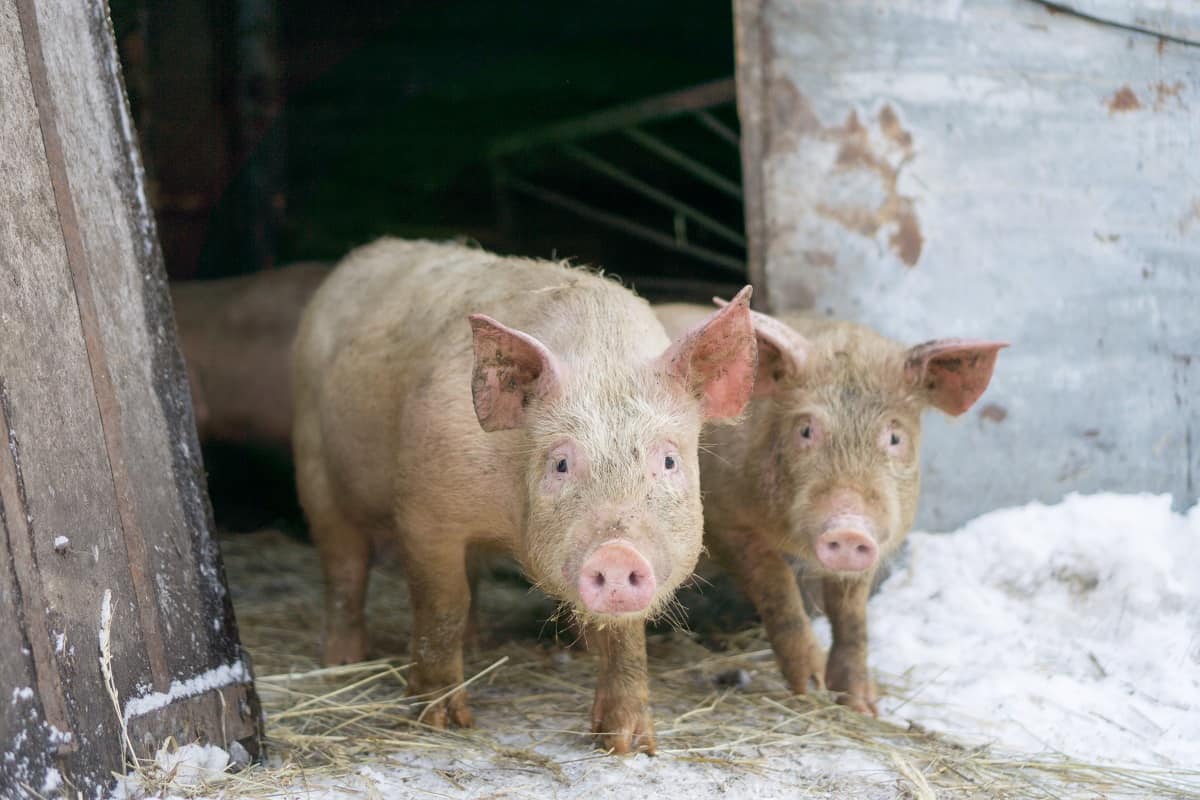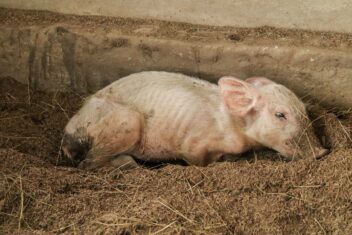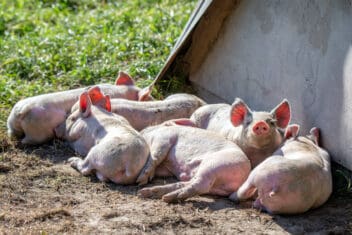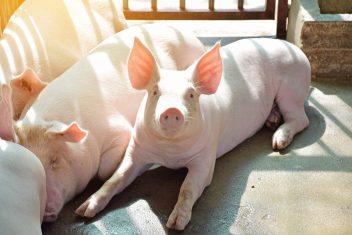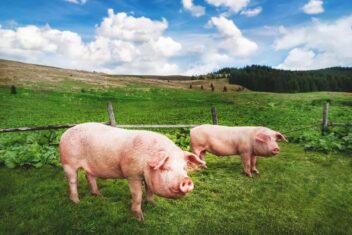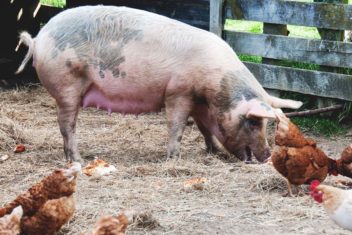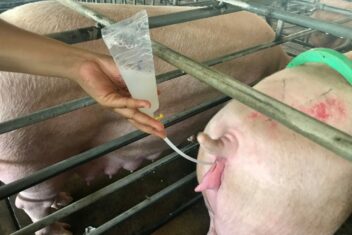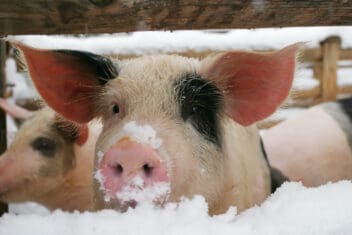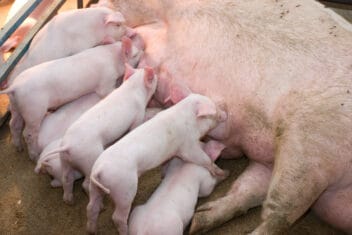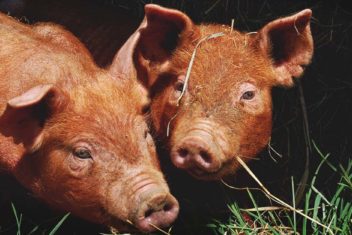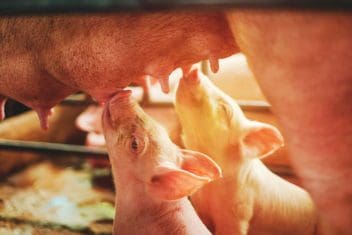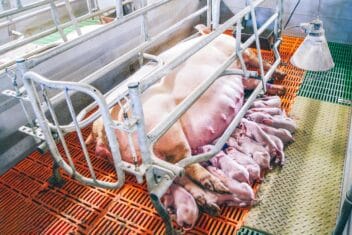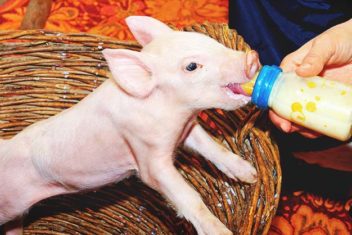In the last few weeks, we have started communicating with our pork customers that we will no longer be providing them with their meat in the fall, as is customary, but in the spring.
Very few people around here raise pigs in the winter, instead preferring to raise them over the summer months so that the meat is ready to go come fall.
However, there are a few reasons why we have decided to transition.
Raising pigs in the winter isn’t for everyone, but if you’re thinking about making the switch, it’s important to weigh the pros and cons.
Here’s what you need to know.
Can Pigs Live Outdoors in the Winter?
The first thing you need to know about raising pigs in the winter is that they can live outdoors.
All swine can withstand the cold but when it starts to precipitate that’s when you’re going to run into problems.
Making sure your pigs have access to good shelter is essential year-round, but especially in the winter. Although some pigs may be able to survive year-round on pasture, it’s a good idea to have some sort of building for them to escape to. Plus, this will give you a spot to work with them for feeding, farrowing, medicating, and other farm tasks.
Some breeds do better in harsh weather than others, such as Tamworths, Blacks, and Gloucester Old Spots.
Raising Pigs in the Winter vs Summer – Considerations and How to Choose

Can’t decide between raising pigs in the winter vs summer? Here are some factors to weigh in your decision.
1. Shelter
Regardless of whether you are raising pigs in the winter vs summer, shelter is going to be a concern. However, the type of shelter that is needed will be different.
In the summer, the primary goal of the shelter is to guard pigs from the hot rays of the sun. Pigs can sunburn, after all. Plus, since they’re unable to sweat, it’s easy for them to overheat.
In the winter, you need to help them compensate for their lack of hair. Your hog shelter doesn’t need to be fancy – it could be something as simple as old pallets, straw bales, or old water towers.
The goal of a winter shelter is to give the pigs an area in which they can hunker down to get away from the driving wind, snow, and rain. It doesn’t need to be heated, but it is necessary.
Good bedding is important during all seasons, but typically in the winter. It will be used not only to absorb odors but also to keep pigs warm. Straw is the best option.
One more advantage of raising pigs in the winter? You can use the deep litter method. This will save you labor in not having to constantly remove and replace bedding and will also help keep the pigs warm as it breaks down.
2. Feed
I have always been told that raising pigs in the winter is not economical because they need a higher caloric intake to stay warm and keep growing.
That’s true.
However, it’s also true that hot weather can slow the growth rate of pigs. For us, this has always been a larger issue than cold weather. Acute heat stress can reduce feed intake by up to 50%! The heat can cause so many other health problems, too.
Regardless of whether you choose to keep pigs in the winter vs in the summer, be aware of the impact that the weather plays on your pigs’ feed consumption. Consider supplementing with cheaper sources of feed whenever possible to help lower your expenses.
3. Water
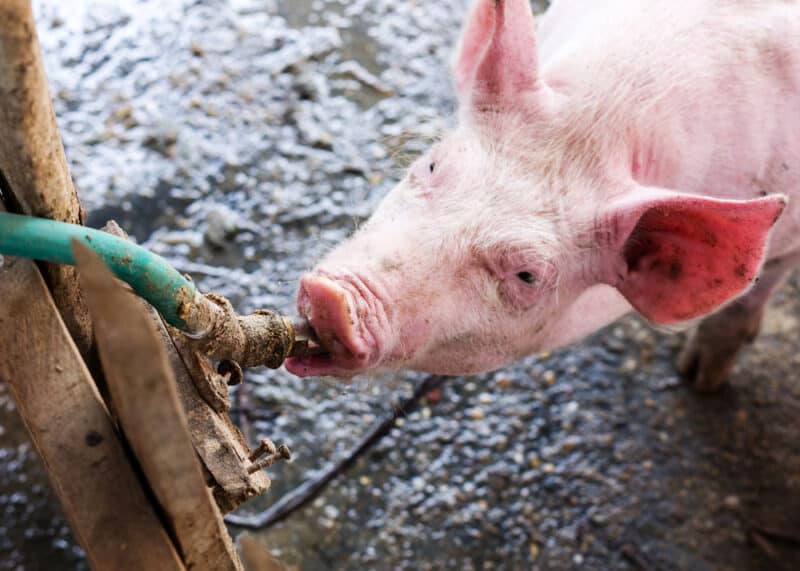
Without adequate water intake, pigs won’t gain weight. It’s as simple as that. Keeping water thawed out during the winter can be a challenge. However, if you raise pigs in the summer, you’ll have to make sure the waterers are constantly filled so that dehydration doesn’t become an issue and lead to heat stress.
In the winter, simply use a trough heater designed for hog waterers or use rubber dishes in which the ice can easily be broken up.
4. Manure Issues
One of the things I am most looking forward to when raising winter pigs is that although there will be just as much manure, the manure takes on a different tone in the summer than it does in the winter.
In the summer, manure is oppressively stinky. When you raise pigs in the winter, you can more or less offset the stinky poop (a highly scientific term!) with extra heavy bedding. The carbon virtually eliminates all odor.
Plus, with the freezing temperatures, you don’t have to worry about insects. This includes flies. Flies are not only frustrating to deal with as a nuisance pest, but can also spread disease, meaning it’s one less thing you’ll have to worry about.
5. Accessibility
If you plan on raising pigs in the dead of winter, make sure you have a plan for how you will get to them. You need walkways that are clear of snow and ice. Plus, if you plan on bringing the pigs to the butcher in the winter, you need to have a way to get a trailer backed up to load them.
6. Meat Quality
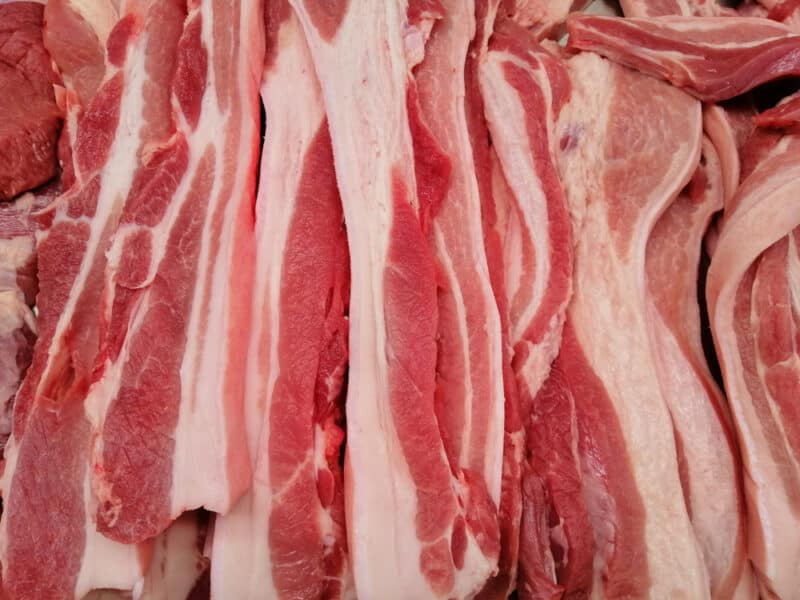
Some people will argue that the meat quality of winter-raised pigs vs summer-raised pigs is different. They say that, because pigs sleep more in the winter to conserve energy, there is more body fat due to inactivity.
We have not found that to be the case.
However, it could certainly be viewed as both a pro and a con of raising pigs in the winter.
Provide your pigs with plenty of activity regardless, and the fat should not be an issue.
Plus, more fat means more bacon – so that’s a good thing, right?
7. Piglets and Pricing
I’ve discussed this in my winter pig care post, but a big reason to keep pigs during the winter is that it allows you to free up some extra piglets in the spring that you can then sell.
Spring litters are extremely easy to sell because everyone wants to raise piglets in the summer. Fall litters are more difficult to sell.
If you’re buying piglets, they’ll be easier and cheaper to find in the fall.
If you’re selling, you’ll be able to make more money by selling spring-born piglets and keeping the fall-born (since sows can have two litters per year) to raise for yourself.
Also, keep in mind that other expenses – such as feed and materials – may cost less in the winter since fewer people are competing to buy the same goods.
What Temperature is Too Cold (and Too Hot) For Pigs?
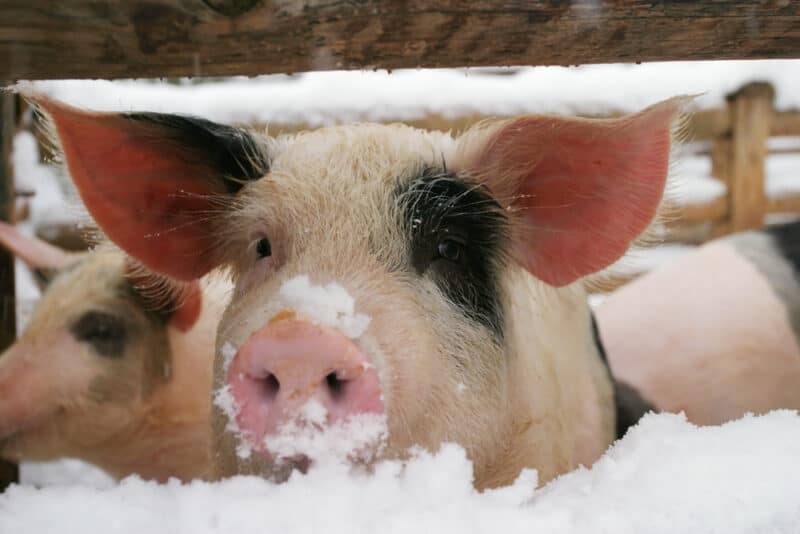
Pigs can tolerate both hot and cold temperatures for limited periods.
The ideal range is between 50-80°F.
Otherwise, they’re pretty hardy.
They don’t require supplemental heating until it’s 20° below zero or colder and as long as they have plenty of water, they can do well in extreme heat, too.
When Should I Raise Pigs? Consider Your Goals
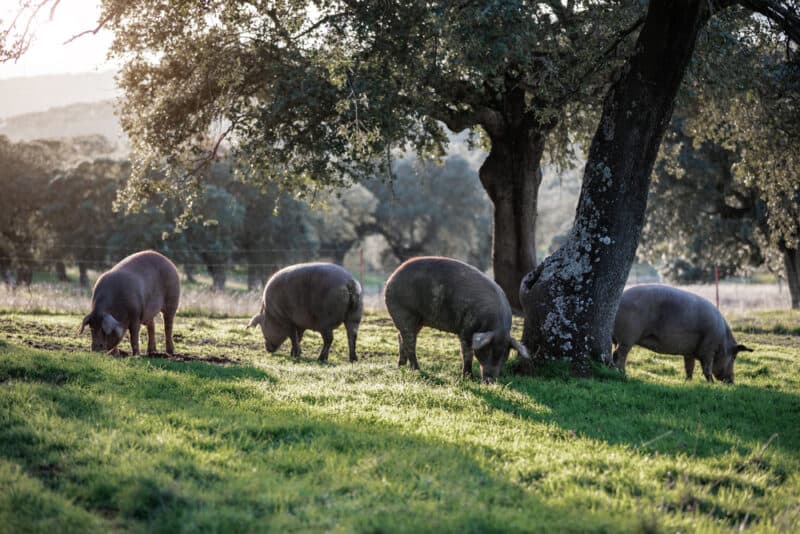
Raising pigs in the winter isn’t for everyone, but for some people, it’s the perfect solution to problems posed by raising pigs in the summer.
For us, the major draw of raising pigs in the winter was the fact that we wouldn’t have to deal with stinky manure, flies, and market issues.
We also found that it was very difficult to get butcher dates for pigs we raised in the summer – finding butcher dates in the early spring was much, much easier.
That said, we will have to upgrade our feeding and watering systems a bit this year. This is to make sure we don’t have frozen messes to deal with.
There’s no straightforward solution to this question – and if you can’t decide, give both methods a try! Nothing is stopping you from raising pigs year round, so don’t be afraid to experiment safely.
